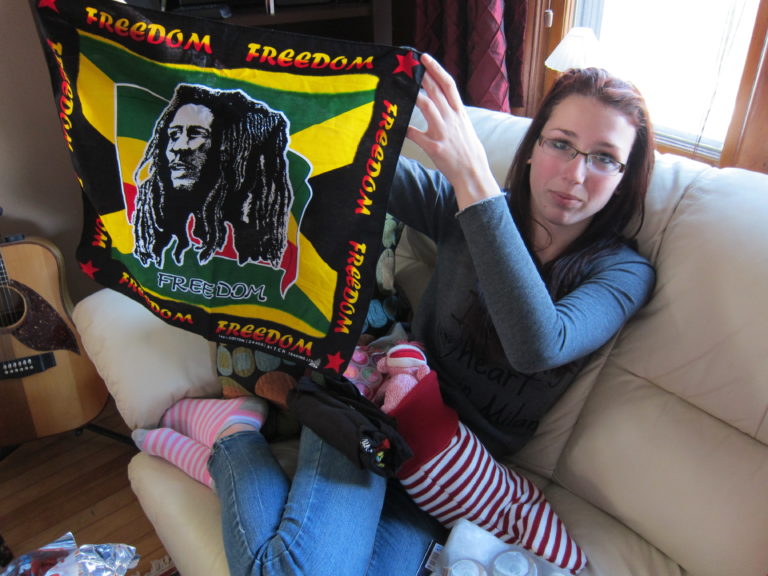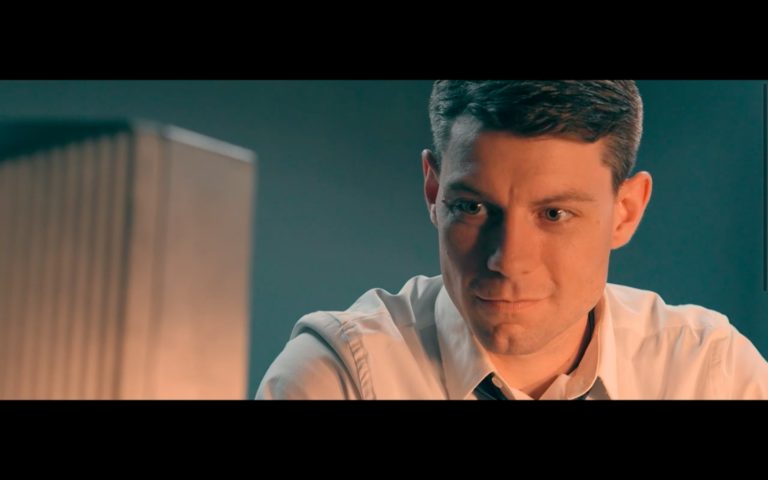Althea Gibson, a truant from the rough streets of Harlem, emerged as a most unlikely queen of the highly segregated tennis world of the 1950’s. Althea’s life and achievements transcend Sports. Her roots as a sharecropper’s daughter, her family’s migration north to Harlem in the 30’s, her mentoring from Sugar Ray Robinson, David Dinkins and others, her fame that thrust her unwillingly into the glare of the early Civil Rights movement, all bring the story into a much broader realm of African-American History.
Summary info for schedule – will be hidden on film page

Althea
83-minutes
Althea Gibson, a truant from the rough streets of Harlem, emerged as a most unlikely queen of the highly segregated tennis world of the 1950's.
Screening day / time
Check Back Soon
Althea
Althea
Filmmaker Notes:
IN THE WORDS OF THE DIRECTOR: Rex Miller began searching for Althea’s story because of a photograph that hung on the wall of his childhood bedroom. Taken in 1958, it shows two brown-skinned women, dressed in their tennis whites, holding tennis rackets and standing on the front lawn of the Merion Cricket Club, a prestigious and highly restricted tennis club outside of Philadelphia. One woman was his mother, Millicent Miller. The other was Althea Gibson. In the background, one can see a small score board, that tells the tale of the match, a one-sided victory for Gibson. Says Miller: “This was my mom’s moment of tennis glory, a story I heard many (many, many, many!!!) times and lead me to take a look at the details of Althea’s life, which I found more and more compelling as I peeled back the layers, which just kept coming.” Her story traces the larger thread of African-American History in the USA, as she went from the South Carolina cotton fields to the Harlem Renaissance, then back down to the Jim Crow South, was a reluctant Civil Rights icon, crossed over from tennis to blaze a trail in Golf, then turned to show business to try to earn a living. All of this as a black female in the 1950’s, with no discernible support system and whispers about her sexuality trailing her. The goal for the film is to “uncover” her story, to celebrate the monumental achievements of a trailblazer, champion and role model that few outside her sport remember, and to bring it to a wide and diverse demographic, across all ages, particularly to a youth audience.




